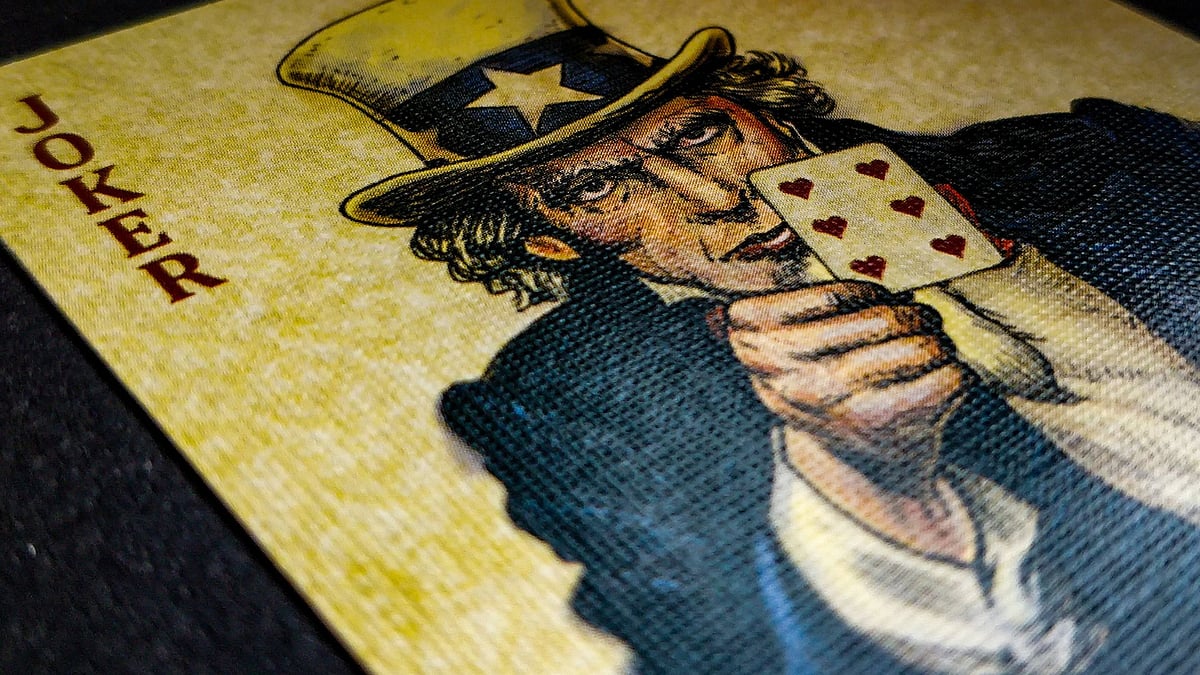April Fools’ Day, celebrated every year on April 1st, is a time when people around the world engage in playful pranks and hoaxes. But where did this tradition originate, and why do people take part in it? While the exact origins remain unclear, several theories attempt to explain the beginnings of this lighthearted day of mischief.
Historical theories on the origin of this day
One of the most widely accepted theories links April Fools’ Day to the adoption of the Gregorian calendar in 1582. Before this, many European countries followed the Julian calendar, which celebrated the New Year around late March and early April. When Pope Gregory XIII introduced the new calendar, moving New Year’s Day to January 1st, some people either refused to accept the change or were unaware of it. Only if they had social media then. So, those who continued celebrating in April were made fun of and called “April fools,” leading to a tradition of trickery and jokes.
Another possible origin dates back to medieval Europe and the practice of “renewal festivals.” These celebrations often included role reversals, playful deception, and public entertainment, which might have contributed to the modern April Fools’ tradition. In France, for example, a popular prank involved placing a paper fish on someone’s back, symbolising a gullible or foolish person. This custom, known as ‘Poisson d’Avril’ (April Fish), is still practiced today.
The spread of April fools’ traditions
April Fools’ Day gained popularity across Europe over time, with each country adopting its unique spin on the tradition. In England and Scotland, the day was associated with sending people on ‘fool’s errands,’ pointless tasks meant to amuse onlookers. By the 18th and 19th centuries, the tradition had spread to America, where it became a widely recognised occasion for harmless pranks.
Today, April Fools’ Day is celebrated worldwide, with individuals, media outlets, and even major companies participating in elaborate hoaxes. Some famous pranks include news reports of fictional events, fake product announcements, and unexpected twists on social media posts. While the day is meant for fun, it serves as a reminder to verify information before believing everything we see or hear. In the fast-paced world we live in today, to is easy to prank people on April 1 since people are too engrossed in events happening in their daily lives.
Although the precise origins of April Fools’ Day remain debated, the tradition has stood the test of time as a day dedicated to laughter and harmless trickery. Whether you choose to partake in pranks or simply enjoy the creativity of others, April 1st remains a day that brings a bit of humour to our lives.
